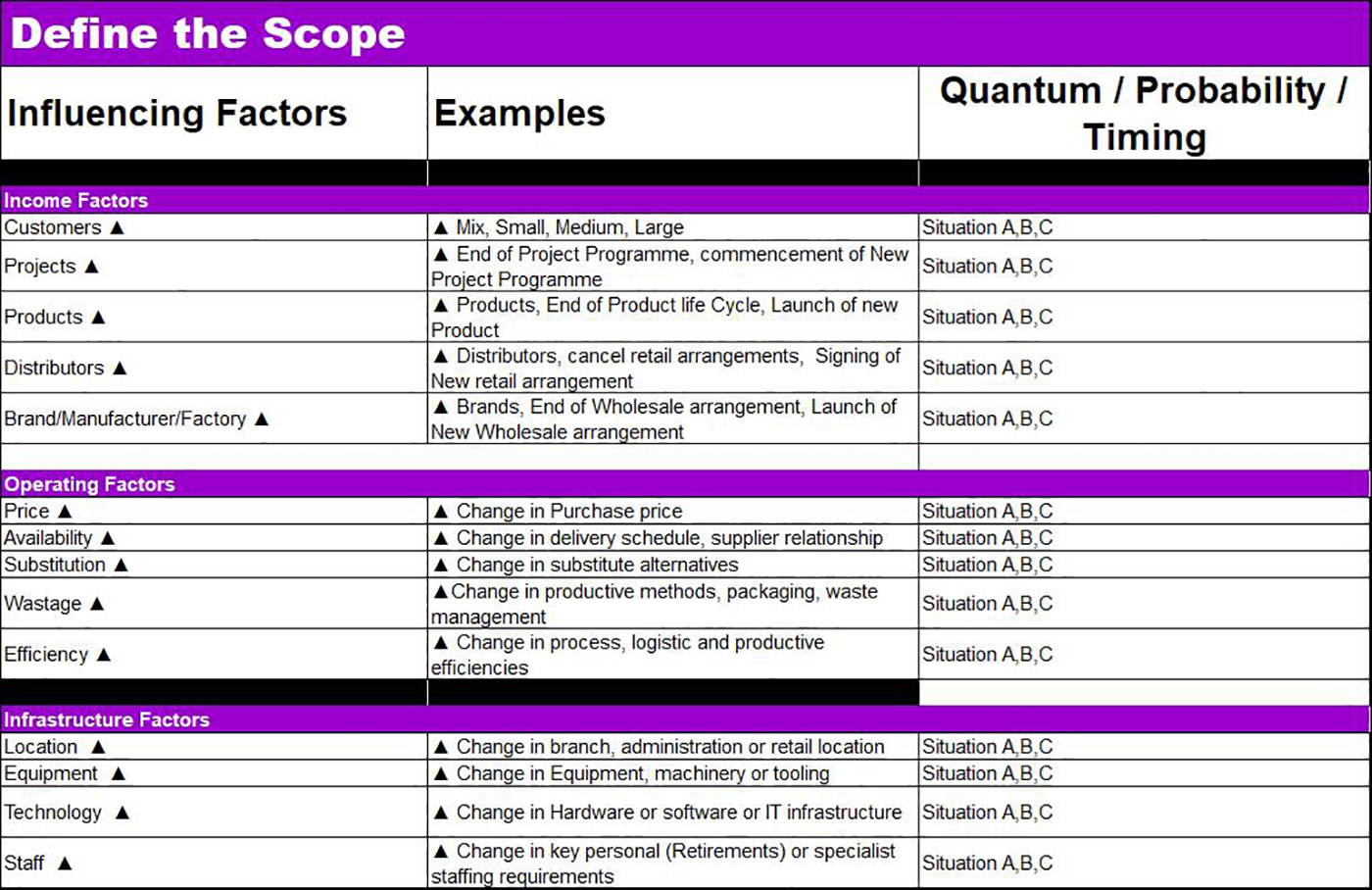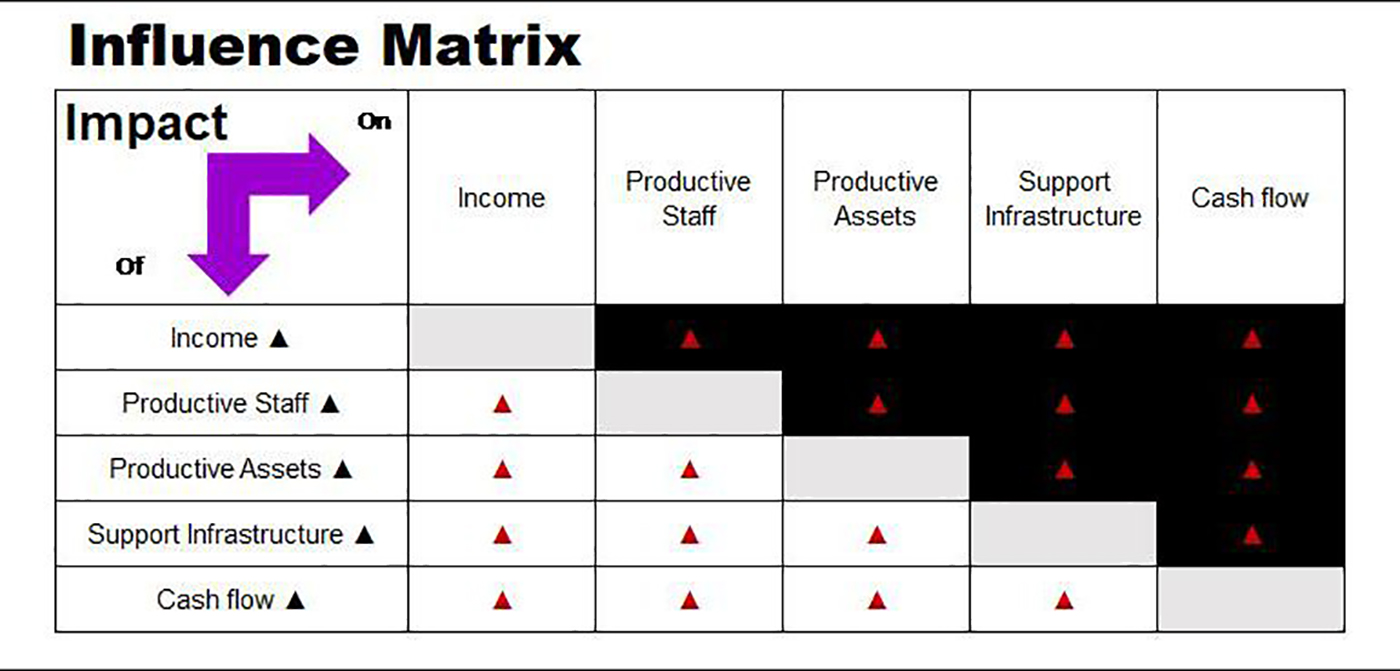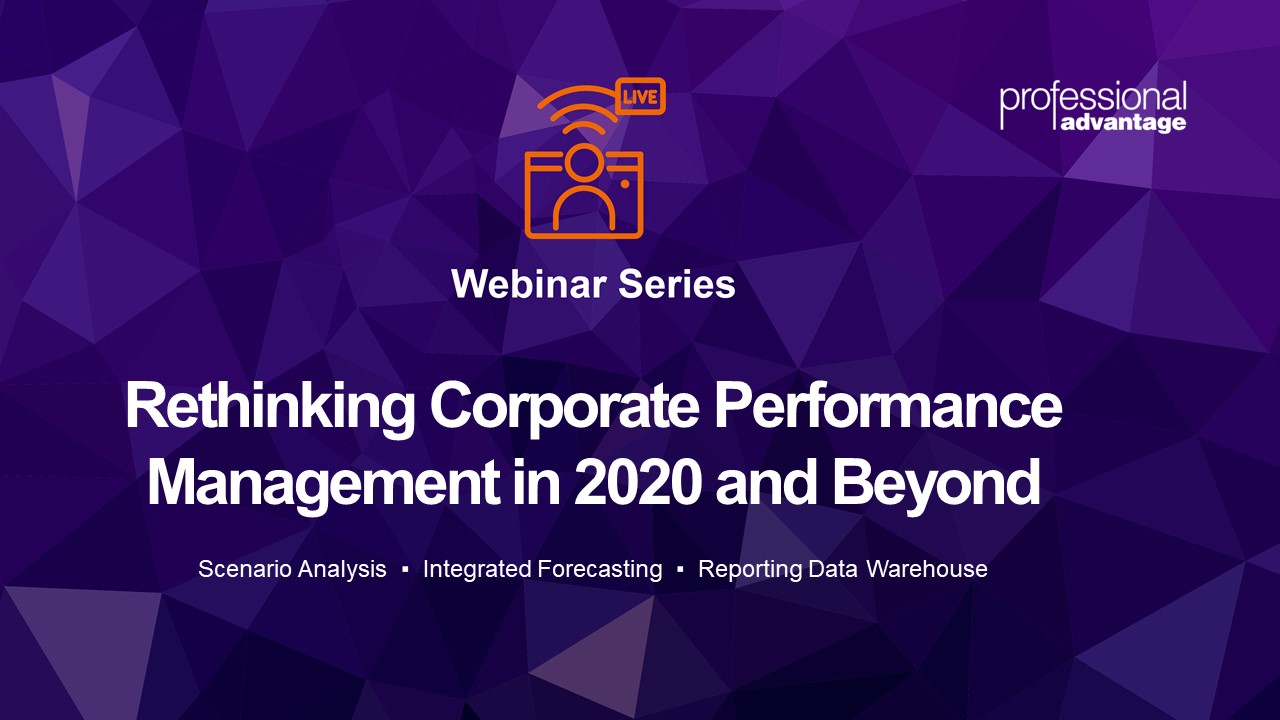The concept of utilising scenarios as a method for visioning future events can be traced back to the writings of Plato's Republic.
Since the days of Plato, the use of scenarios as a strategic tool has been associated with military planning.
From a corporate perspective, the Royal Dutch Shell Group of companies is most notable for attributing the navigation of geo-political events. The 1973 energy crisis, 1979 oil price shock, and 1986 oil market collapse are among the events Shell was prepared for due to its scenario planning department led by Pierre Wack.
Automatically reset KPI metrics with changes in business factors.
The appeal of scenario planning is that it provides a window into the future. The advantage for an organisation is that it can be ready for unfolding circumstances. Scenario planning enables the execution of actions previously rehearsed, and for the mobilisation of resources to optimise organisational outcomes.
With advances in planning technology coupled with driver-based budgeting techniques, it is possible for scenario planning to be an integral element of your strategic planning cycle.
An example scenario often faced by organisations is either the threat or the opportunity that is posed by major clients. For example, Company A is a successful organisation with 30 contracts. However, 6 of the major contracts (20%) provide 50% of the organisation’s net contribution margin. The loss of any number of the major contracts would have a significant impact on the productive resources of the organisation. The organisation’s financial performance may be at risk. Inversely, the gain of new major contracts would place significant strain on Company A’s service capability.
Scenario planning, like many quantitative methods of forecasting, can lead to the planning team being seduced into complex over-engineering, and cause them to slide into the diminishing gains trap of analysis paralysis.
So how can you leverage the benefits of scenario planning for an agile forecasting cycle?
The principles of scenario planning can be distilled into 5 steps.
1. Define the scope of scenario planning.
Defining the scope involves identifying the influencing factors of the planning cycle. By defining the scope, you are framing the parameters of calculations and the causal effect of the changes in circumstances. One should identify the key factors that will influence how the future will unfold.
The table below lists examples of potential key factors in a strategic planning model grouped into the categories Income Factors, Operating Factors, and Infrastructure Factors.

2. Identify key operating trends and known future events.
Key operating trends to identify may include the introduction of new products and services; a change in the buying trend of clients; increasing/decreasing input costs; labour shortages or surpluses; increasing maintenance; or decreasing equipment costs.
The list of known future events may include the loss of a key customer; the win of a new large contract; a change in operating location; the acquisition or establishment of a new branch/s; or the introduction of a government policy.
3. Model the rules of interaction.
The third step defines the range of outcomes and how the key factors interrelate.
For example, how does the loss of a key contract impact the contribution margin of an organisation? What are the implications on breakeven position and what are the measures required to calibrate operational capacity and the use of productive assets?
Inversely, how does a windfall of new customers due to the successful introduction of a new product impact an organisations capacity to service existing customers? Are the tipping points identified? Does the organisation understand its capacity constraints?

4. Situation analysis and application.
The fourth phase of the process is “scenario application”. This involves the organisation aligning the strategic action plan with the planned outcomes of the budget plan or forecast.
When the situation analysis is married with a strategic plan of action, the final scenario is applied for the purposes of strategy assessment. A feedback loop is created with each new forecast; the success of actions can be assessed; and a basis for organisational learning and development is established.
5. Active learning scenarios and real time decisions.
A clearly defined Scenario Budget planning framework based on business drivers facilitates a continuous improvement mindset. The driver-based variance analysis provides for an iterative process for the recalibration of strategic actions.
Each forecast recalibratespotential scenarios to test your organisational strategies and generate newideas.
Each budgeting and forecasting cycle involves retracing steps one to five to gleam new business insights and learning scenarios. Your organisation leverages the scenario analysis process in the management reporting cycle as a catalyst for igniting the creativity of staff and development of new strategies.
The goal with each strategic budget planning and forecasting cycle is to identify new strategically relevant trends. Your organisation can position products, services, delivery, capabilities, and infrastructure to optimise strategic outcomes.
By following the 5 steps outlined above, Company A is armed withcontingency plans should a major contract cease, or conversely a plan forproductive ramp up should a new major contract be won.
Senior management is prepared for the scenario. A plan of action has been verbalised and rehearsed.
How can your organisation benefit from implementing scenario budget planning and forecasting?
Join us in our Rethinking Corporate Performance Management in 2020 and Beyond webinar series to learn more!

Watch the webinar now!
Watch this on-demand webinar to learn about the tools and techniques of Scenario Analysis in Strategic Planning.







